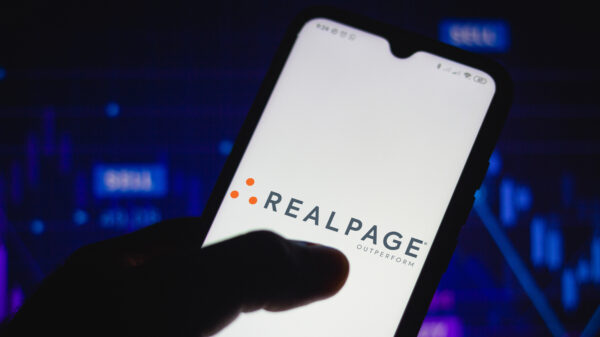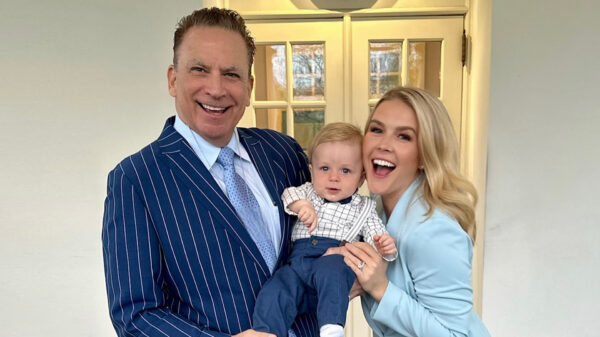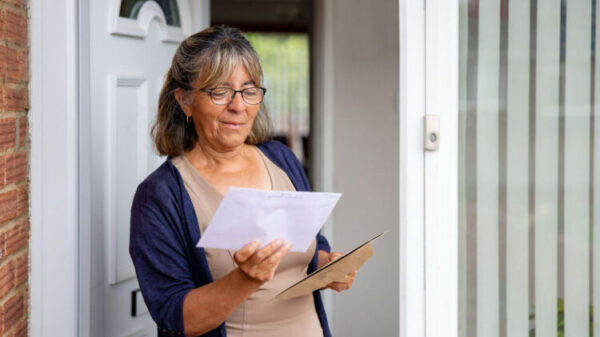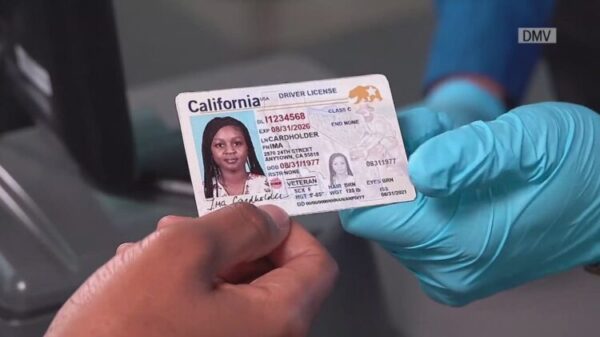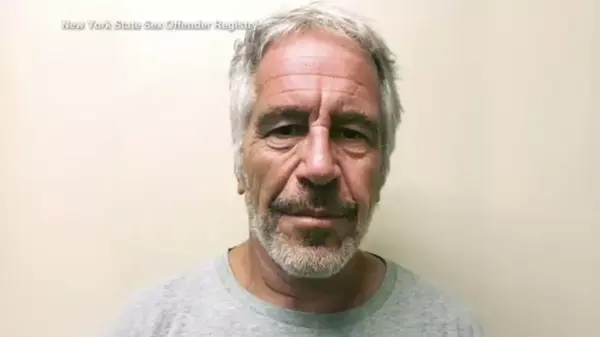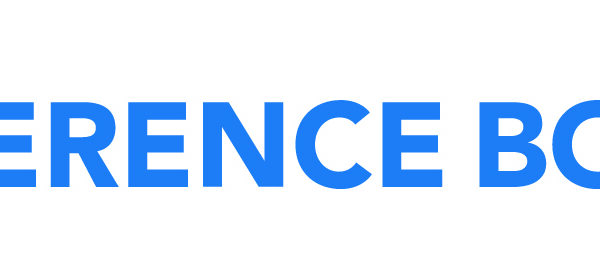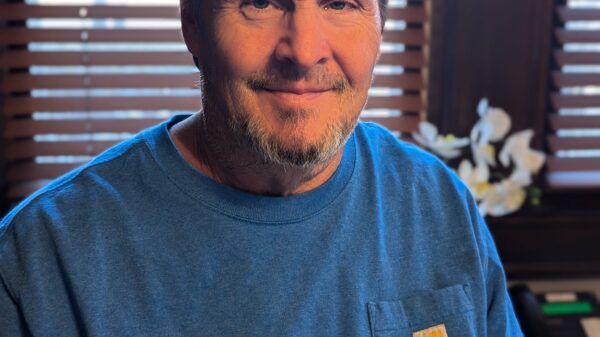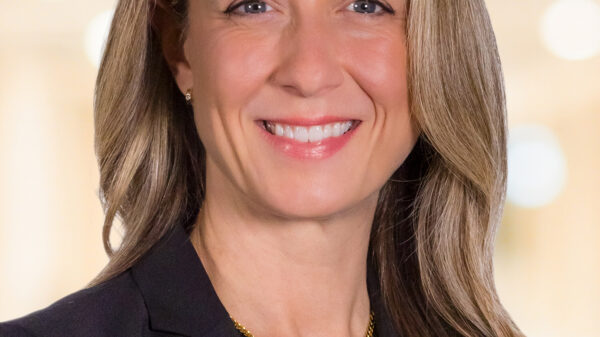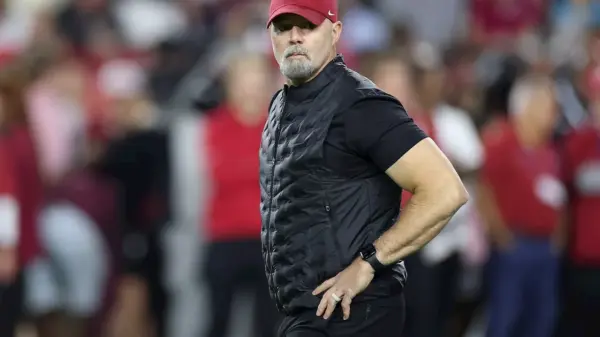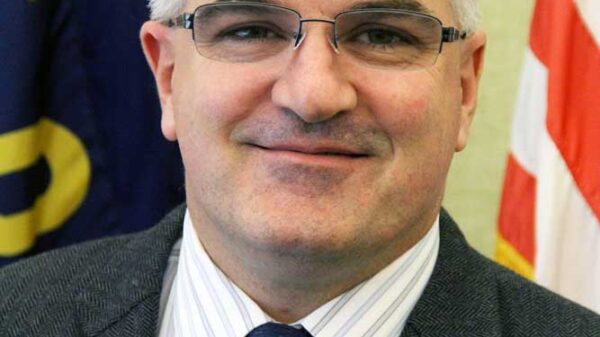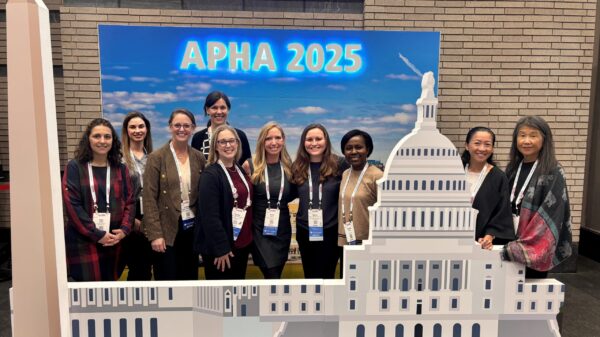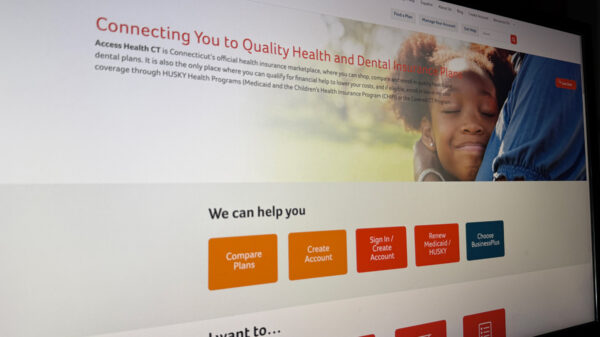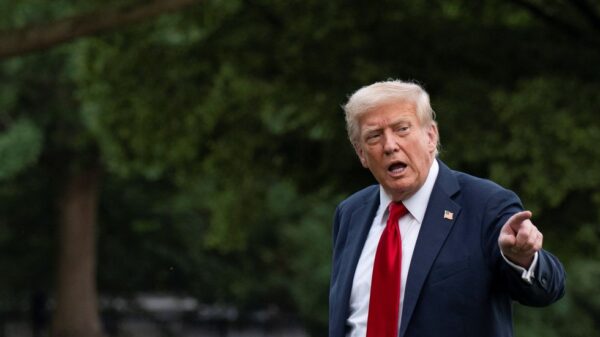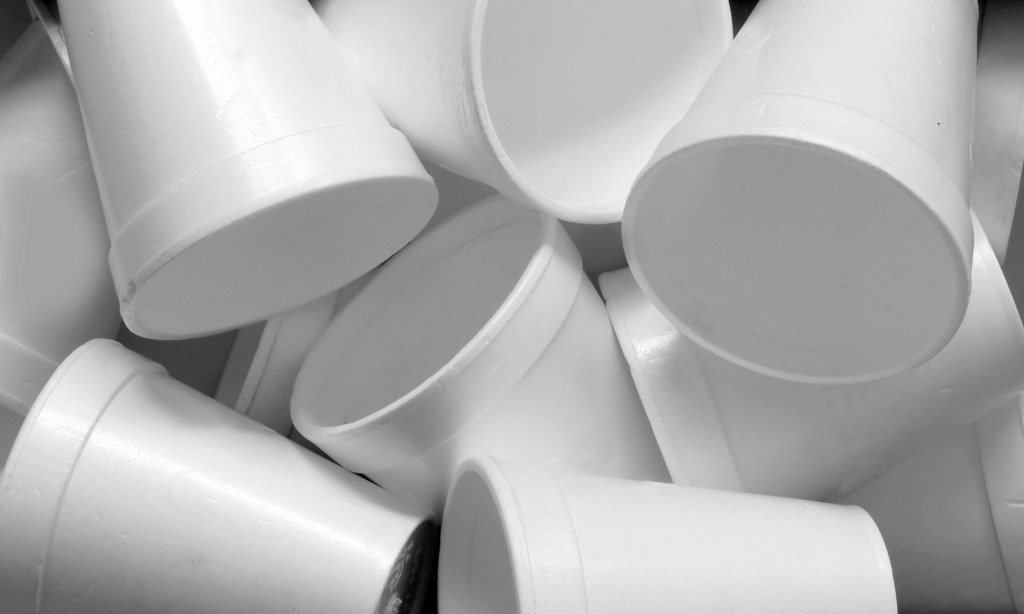Virginia has enacted a statewide ban on polystyrene food containers, effective from July 1, 2023. This regulation requires large food chains with 20 or more locations to stop using Styrofoam, with a complete ban extending to all restaurants by July 1, 2026. The aim is to protect the environment, but the implications of this ban raise significant concerns among local businesses and environmentalists alike.
The immediate impact of the ban has been felt by consumers. For many, like frequent Chick-fil-A patrons, the transition from reliable Styrofoam cups to paper alternatives has led to dissatisfaction. The paper cups, while eco-friendly in theory, often become soggy and ineffective, especially in warmer conditions. This change exemplifies the challenges of the ban, as many consumers find themselves longing for the durability of the containers they have relied on.
The environmental rationale behind the ban is to reduce waste. Yet, critics argue that it simply shifts the problem from one type of container to another. The new paper products often contain plastic linings to prevent leaks, making them difficult to recycle and compost. In addition, the production of these alternatives typically requires more resources, including water and energy, potentially resulting in a larger carbon footprint compared to polystyrene.
Financially, the ban poses a substantial burden on small businesses. While large chains can afford to absorb the costs associated with transitioning to compostable containers, many local eateries struggle with the price increase. A foam clamshell might cost mere cents, while its eco-friendly counterpart can range from four to five times the price. As a result, some smaller establishments are quietly raising menu prices or opting for cheaper, less effective alternatives, directly impacting their bottom line.
As the ban approaches its full implementation in 2026, the disparity in impact between large corporations and small businesses is becoming increasingly apparent. Major fast-food outlets may view this regulation as a minor inconvenience, but for local diners and independent restaurants, the financial strain can be detrimental, especially in a post-pandemic economy where many are still recovering from shutdowns.
The effectiveness of such bans in reducing pollution is also in question. Evidence suggests that foam containers constitute a small fraction of overall litter, especially compared to plastics. Unlike lightweight plastic bags that easily blow away, foam tends to break apart and sink, posing different environmental challenges. The ban’s exemptions further complicate matters; for instance, hospitals and large-scale food processors are still permitted to use foam, undermining the uniformity of the regulation.
If Virginia seeks genuine environmental progress, a more nuanced approach is necessary. This could include supporting businesses in transitioning to sustainable packaging through grants and incentives, as well as investing in effective recycling infrastructure. Additionally, engaging in dialogue with affected businesses could provide valuable insights into practical solutions that benefit both the environment and the local economy.
As consumers adjust to the new reality of paper cups and containers, the implications of the Styrofoam ban continue to unfold. The hope remains that policymakers will consider the broader impacts of such regulations and work toward solutions that address environmental concerns without penalizing small businesses.
In the meantime, many will toast their iced beverages in collapsing paper cups, reflecting on the complexities of environmental reform and the ongoing quest for sustainable practices.




